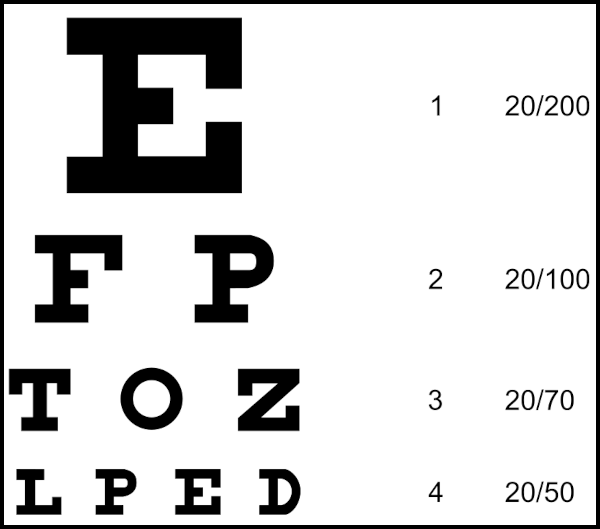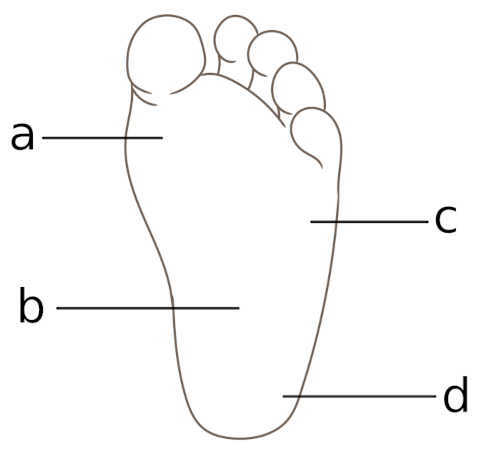 Examelot
Examelot
Report a problem
The California Certified Medical Assistant (CCMA) exams are exams that test your knowledge of medical assisting. They are designed for entry-level medical assistants.
The exams are set by the California Certifying Board for Medical Assistants (CCBMA), a private non-profit corporation.
There are three CCMA exams: Basic, Administrative and Clinical. The Clinical exam tests your knowledge of clinical procedures such as administering injections, performing skin tests, and performing venipuncture.
To become certified by the CCMA, you must pass:
These practice questions will help prepare you for the CCBMA Clinical Exam.
This page contains 300 practice questions divided into the six sections of the exam: 1. Infection Control, 2. Patient Preparation, 3. Lab Procedures/Diagnostic Testing, 4. Patient History, 5. Administering Medications, and 6. Office Emergencies.
All questions have been carefully designed to mimic the questions on the real exam, to help you prepare and get a passing grade.

